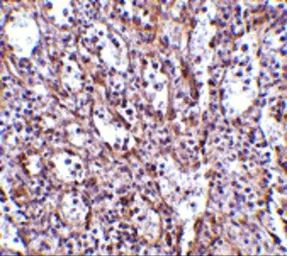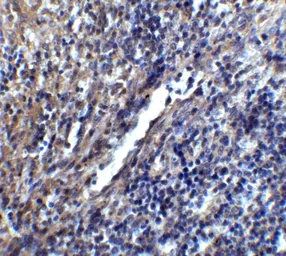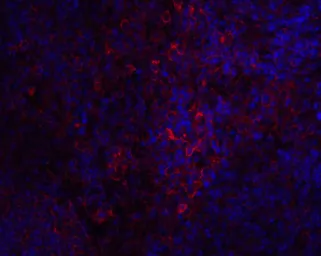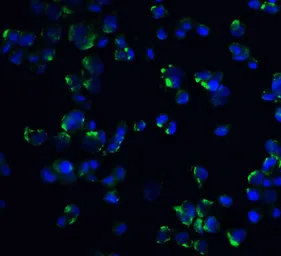STIM1 antibody
Cat. No. GTX31757
Cat. No. GTX31757
-
HostRabbit
-
ClonalityPolyclonal
-
IsotypeIgG
-
ApplicationsWB ICC/IF IHC-P ELISA
-
ReactivityHuman, Mouse, Rat




